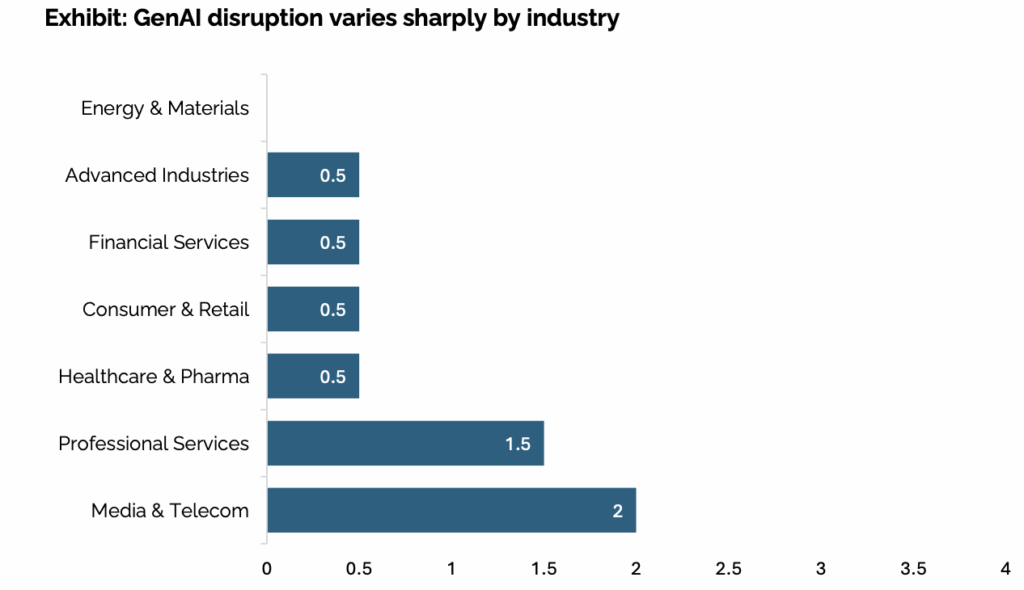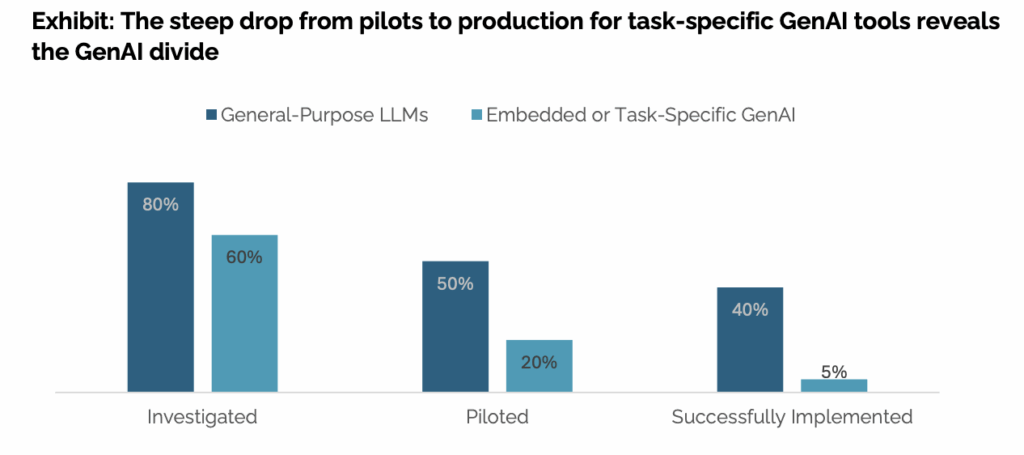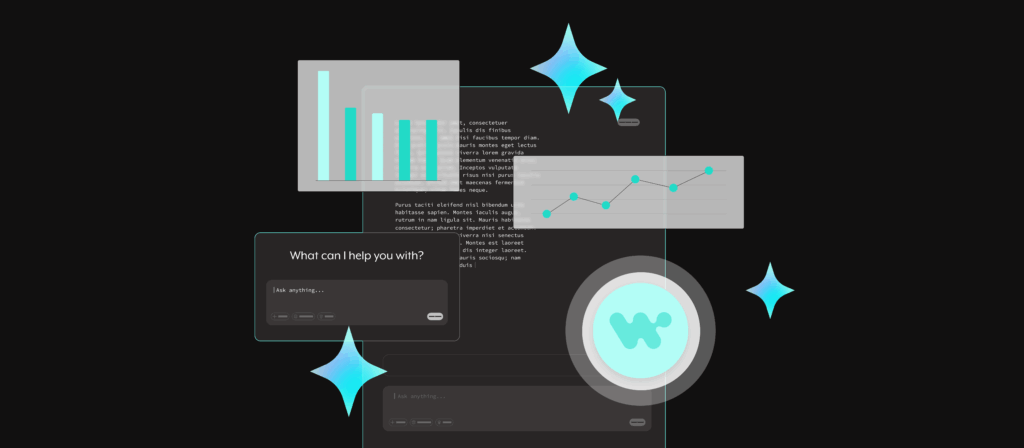Bridging the GenAI Divide: How Enterprises Can Turn Pilots into Profit
MIT’s State of AI in Business 2025 reveals why 95 percent of AI initiatives stall, and how orchestrated, learning systems are finally closing the gap.
The promise and the pause
Generative AI has become the fastest-adopted technology wave in enterprise history. Yet according to MIT’s State of AI in Business 2025 report, more than 95 percent of companies are seeing little or no measurable return. The authors call this the GenAI Divide: a growing gap between organizations that experiment and those that transform.
The numbers are striking. Over 80 percent of companies have piloted tools such as ChatGPT or Copilot, but fewer than 5 percent have moved custom AI solutions into production. The rest are stuck in pilot purgatory: experiments that look impressive in presentations but never take hold in day-to-day operations.
1. High adoption, low transformation
MIT’s researchers reviewed more than 300 public AI projects and interviewed leaders from 52 organizations. They found that while generative AI is everywhere, structural change is rare. Only two industries, technology and media, show real disruption. Most others report surface-level productivity gains rather than shifts in business models or profit and loss performance.
The paradox runs deepest in large enterprises. Big companies launch the most pilots yet have the lowest success rates when moving to scale. Mid-market firms reach full deployment nearly three times faster. The difference is focus. Successful adopters pursue specific workflows with measurable outcomes instead of broad proofs of concept.

2. Why pilots stall: the learning gap
The report identifies a single root cause behind the divide. Most AI systems do not learn. They can generate answers, but they cannot remember context, adapt to feedback, or evolve with the business.
Enterprise users trust consumer tools for quick drafts but abandon them for mission-critical work. Generic large language models forget company data, ignore compliance rules, and require endless re-prompting. Internally built models face similar problems with brittle integrations and static logic. This learning gap leaves most AI projects unable to sustain value after the pilot phase.

3. Crossing the divide
The few organizations realizing value share a common pattern. They invest in learning-capable, workflow-embedded systems that improve over time. They measure success by business results, not model benchmarks, and they treat AI vendors as strategic partners rather than software suppliers.
These leaders find their earliest and strongest returns in back-office automation where repeatable processes can be handled reliably by agents that learn from data and outcomes. In customer-facing functions, they use agents that combine reasoning with real-time orchestration to deliver faster responses and richer insights. In both cases, AI is connected to the underlying systems of record rather than operating in isolation.
4. Workato’s perspective: from pilots to production
At Workato, the same pattern is visible across our global customer base. The challenge is no longer adopting AI but scaling it with trust, context, and orchestration.
Workato ONE was built for exactly that. It is the platform where AI gets to work, unifying automation, integration, and agentic orchestration so enterprises can:
- Deploy production-ready AI agents, called Genies, that operate across applications and data with full context and compliance
- Embed intelligence into real workflows without rebuilding infrastructure
- Govern and scale safely through enterprise-grade security, observability, and the AgentAuth framework
- Continuously improve through feedback loops and enterprise skills that give agents memory and adaptability

A key part of this foundation is Workato Enterprise MCP (Model Context Protocol). MCP provides a secure, governed way for agents to access enterprise data, tools, and workflows through verified skills rather than raw APIs. It allows agents to act with real context, understanding processes, enforcing policy, and maintaining auditability.
By combining MCP with orchestration, Workato ONE closes the learning gap that keeps most AI pilots from scaling and ensures that every action is both intelligent and trusted.
As MIT’s findings confirm, the next competitive frontier is not in model quality but in orchestration. Systems that connect data, process, and AI behavior in one governed runtime will define which companies move beyond experimentation to measurable ROI.
Key Takeaways
The GenAI Divide is real, but it does not have to be permanent. Enterprises can bridge it by focusing on three fundamentals: learning, orchestration, and trust.
- Learning means choosing AI systems that remember, adapt, and evolve rather than static tools that reset with every prompt.
- Orchestration means connecting data, workflows, and intelligence so that agents can act with full enterprise context.
- Trust means governing every action with the same rigor applied to security, compliance, and human decision making.
The State of AI in Business 2025 makes one thing clear: success in the next phase of enterprise AI will not depend on who experiments the most, it will depend on who operationalizes it best. Workato’s approach is built for exactly that moment, when AI stops being a concept and starts driving results.

